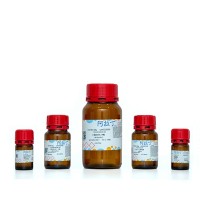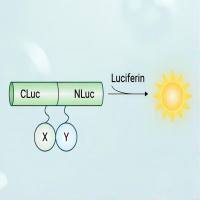Fluorescence Imaging of the Centrosome Cycle in Mammalian Cells
The formation of a bipolar spindle is essential for the equal segregation of duplicated DNA into two daughter cells during mitosis. Spindle bipolarity is largely dependent on the mitotic cell possessing two centrosomes that can each establish one spindle pole. The centrosome is also now known to regulate many other aspects of cell cycle progression, including G1/S progression, spindle orientation and symmetry, cytokinesis, and checkpoint signalling. As a result, defects in centrosome arrangement or number can lead to loss of cell polarity, defective cell division, and abnormal chromosome segregation, all events that are typical of cancer cells. Indeed, cancer cells often exhibit overduplicated centrosomes and multipolar spindles. Here, we outline a number of fluorescence imaging methodologies that can be used to study events of the centrosome duplication cycle, as well as the dynamics of individual centrosome proteins. Specifically, we discuss the generation and imaging of cell lines with fluorescently labelled centrosomes, the use of photobleaching methods to measure the dynamics of centrosome proteins, and assays for observing centrosome overduplication and centrosome separation in fixed and live cells. These experimental approaches can provide important information on the regulation of centrosomes, their role in normal cell cycle progression and how their deregulation might contribute to the deleterious phenotypes of malignant cancer cells.
![预览]()






